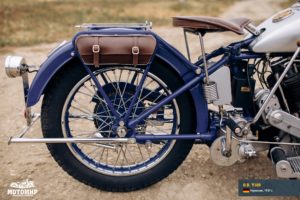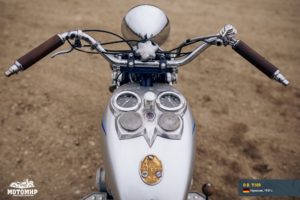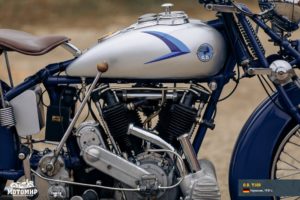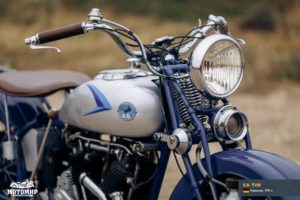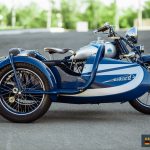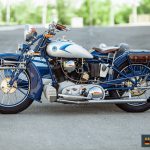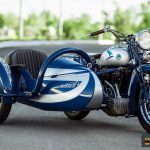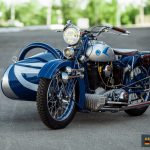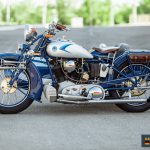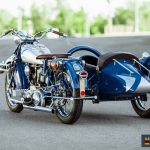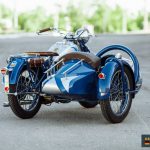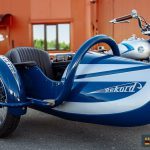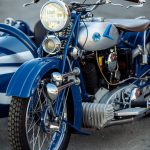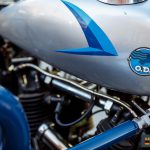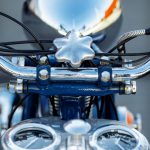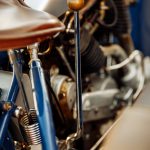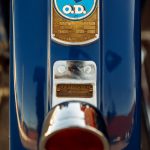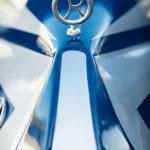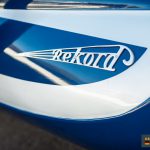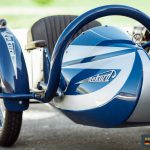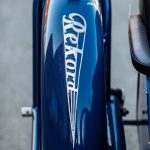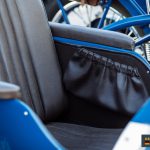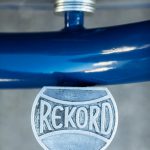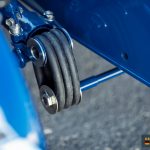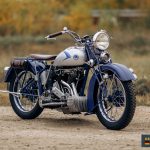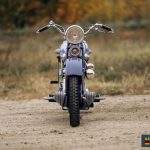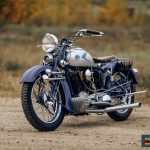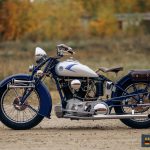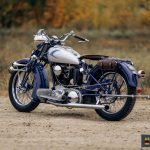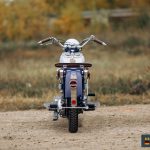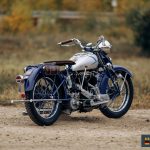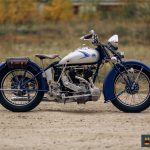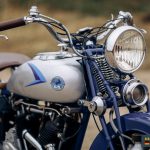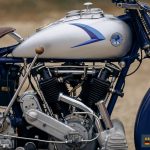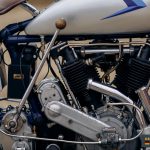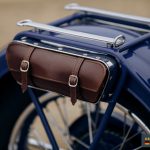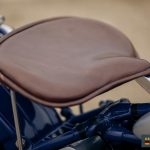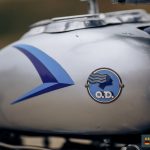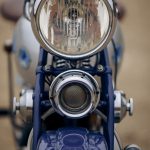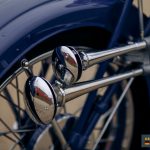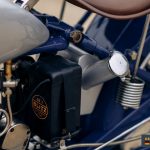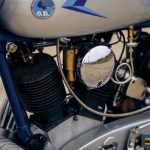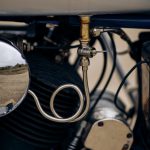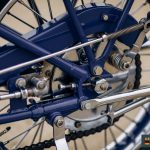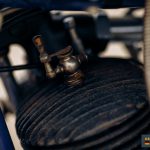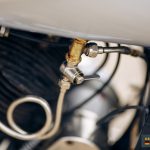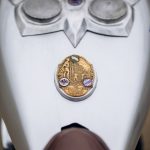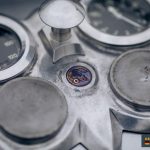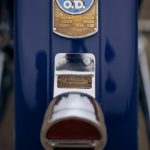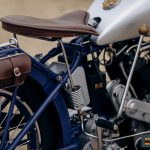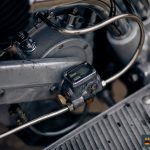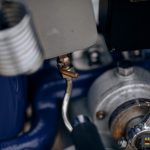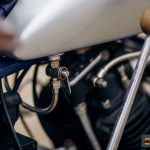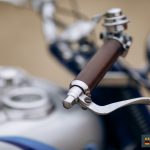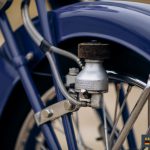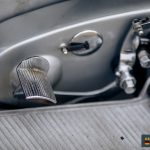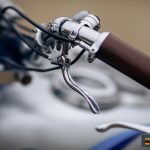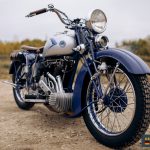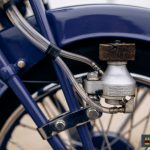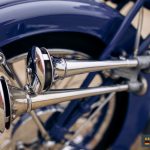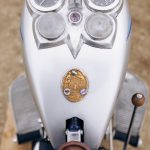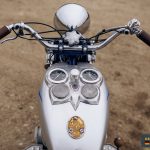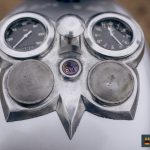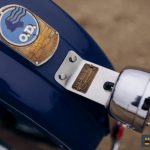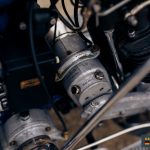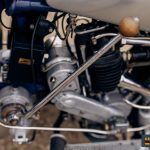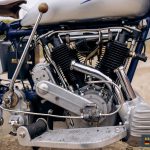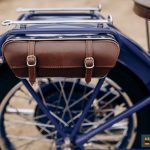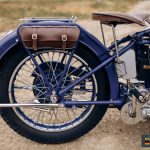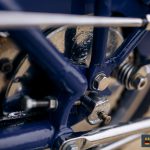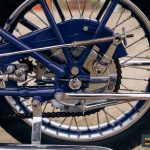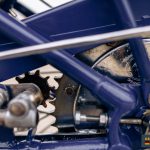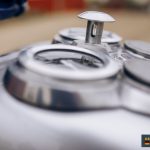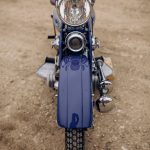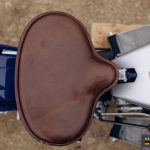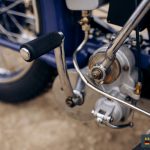This entry is also available in: Russian Chinese (Traditional)
Motorworld’s newspaper №61
Wilhelm Ostner was an irrepressible man. In all circumstances, men of that kind are the foundation of the prosperity of every nation. A jack-of-all-trades, a businessman and an inventor, he’s got his place in the German industry.
He was born in 1889, in a rural family, graduated from school, and learned a locksmith’s trade. Then he tried a few jobs and even managed to work in Minerva, a Belgian automobile company. On August 1st, 1914, he was called up for military service and return to Belgium as an occupationist. But Ostner was a lucky man: he survived the bloodshed of World War I and was demobilized in 1917 due to illness (malaria). Later he got married, settled down, and moved to Dresden where he started to work for Steiger and studying in a Technical Institute.
But Ostner was sick and tired of such a boring life. In 1922, he became a freelancer and after a while founded his own company manufacturing bicycles and water supply fittings. His brother Karl, who was an engineer and a moto racer, joined him. Probably it was Karl who passed his enthusiasm for motorcycles to Wilhelm.
In December 1926, the brothers bought a new building at Burger Straße and launched the manufacturing of motorcycles the next year. They didn’t think much about the name of their future bike, so they named it simply O.D., which stands for Ostner-Dresden. Ostners made the high-quality machines equipped with chassis of own design and engines by Motosacoche (Motosacoche’s engines under the MAG brand, which stands for Motosacoche Acacias Geneve, were used by many motorcycle manufacturers throughout Europe). The first O.D. bikes had pipe frames closing themselves in the crankcase, very unusual parallelogram forks, and one-cylinder engines. In 1929, the flagship T100 was introduced, which got a 986 cc double-cylinder V-type MAG engine.
In this Swiss engine, the valve train was designed as a “valve over the valve”. It got a good reputation for its reliability and dynamics (22 hp was pretty good for that time). Behind the wheel of the Motosacoche bike, equipped with the sport version of this engine, Tony Zind won the first two races Bol d’Or, in 1922 and 1923.
The engine is installed in a tubular frame. Frame is able to withstand heavy loads. A chain drive covered with an aluminum housing is coupled to the hand shifted three-speed gearbox Hurth (in the later years, the bike got a four-speed gearbox made by the same manufacturer). The motorcycle has a signature feature – a big finned silencer before the engine. There is an exhaust pipe going out of the silencer. O.D. bike has a parallelogram fork with two springs, the is no rear wheel suspension and you even can’t order a version with sprung rear wheel. The big petrol tank hosts a classy dashboard with illumination, speedometer, clock, petrol and oil tank gauge and pilot lamp of the electrical equipment.
Тhe T100 was advertised as the bike for travelers and sportsmen. Brothers never scrimped on sportbikes, so their machines successfully participated in various competitions, especially at mountain races. Even a mass-produced O.D. T100 with a lightweight sport sidecar could achieve 110 km/h, and a solo bike was able to accelerate to a speed of 120 km/h. So, advertising was truthful when promising the dynamics “like a car with a six-cylinder engine”.
In 1933, T100 was replaced by the T85 model equipped with an 850 cc double-cylinder engine by MAG. Despite the less displacement, the engine had 25 hp because of the updated design. At the same time, the German Government set a course for import substitution and banned importing of wide nomenclature of industrial products. German companies were manufacturing a lot of different engines but almost all of them had low displacement. This was against the brothers’ interests – they didn’t want to manufacture bikes with anemic engines. They tried to adapt to the new realities and launched the manufacturing of a lightweight model P20, equipped with a 200cc two-stroke engine ILO, but it couldn’t compete with the mass-produced machines like DKW.
Then Willy Ostner came up with a nonstandard solution: he converted a 200cc bike into a cargo trike. It was a success and, in 1936, brothers completely switched to the manufacturing of lightweight cargo trikes.
After WWII, Ostner brothers came over to West Germany where they reanimated their company (in 1955, the company was made a part of the Faun group of companies). Ostners’ manufacturing facilities in Dresden were used as an automotive equipment maintenance plant during the postwar years.
| Manufacturer | Fahrzeugfabrik Willy Ostner, Dresden, Germany |
| Years of manufacture | 1928-1932 |
| Quantity produced, units | N/A |
| Price | 1875 RM |
| Today’s value | N/A |
| ENGINE AND TRANSMISSION | |
| Тип | MAG, V-twin, 4-stroke |
| Engine capacity, cc | 986 |
| Bore and stroke, mm | 82 х 94 |
| Engine rating | 22 hp at 3800 rpm |
| Sparking | Bosch |
| Carburetor | Amac |
| Battery | 6 V |
| Clutch | Multiple-plate, oil-bath |
| Transmission | 4-speed |
| FRAME AND WHEELBASE | |
| Frame type | Steel tubular |
| Front suspension | Parallelogram fork |
| Rear suspension | Rigid |
| Brakes | Drum type |
| Wheel size | 4,40 х 27 |
| DIMENSIONS | |
| Length, mm | 2350* |
| Width, mm | 770* |
| Height, mm | 1130* |
| Wheelbase, mm | 1468 |
| Ground clearance, mm | 120* |
| Seat height, mm | 690 |
| Mass, kg | 160 |
| Gas tank size, l | 19 |
| Maximum speed, km/h | 120 |
| Range, km | 350 |

